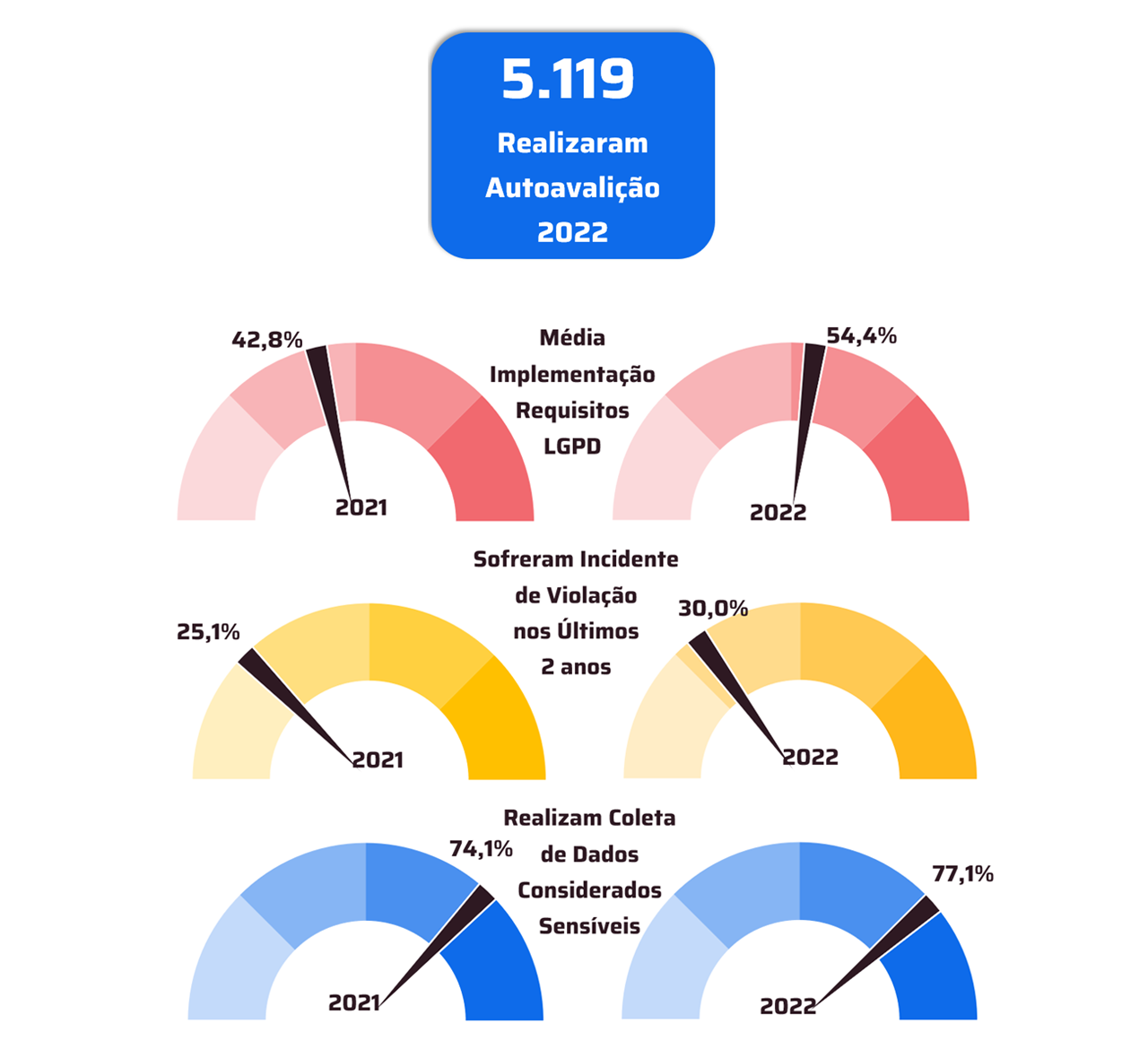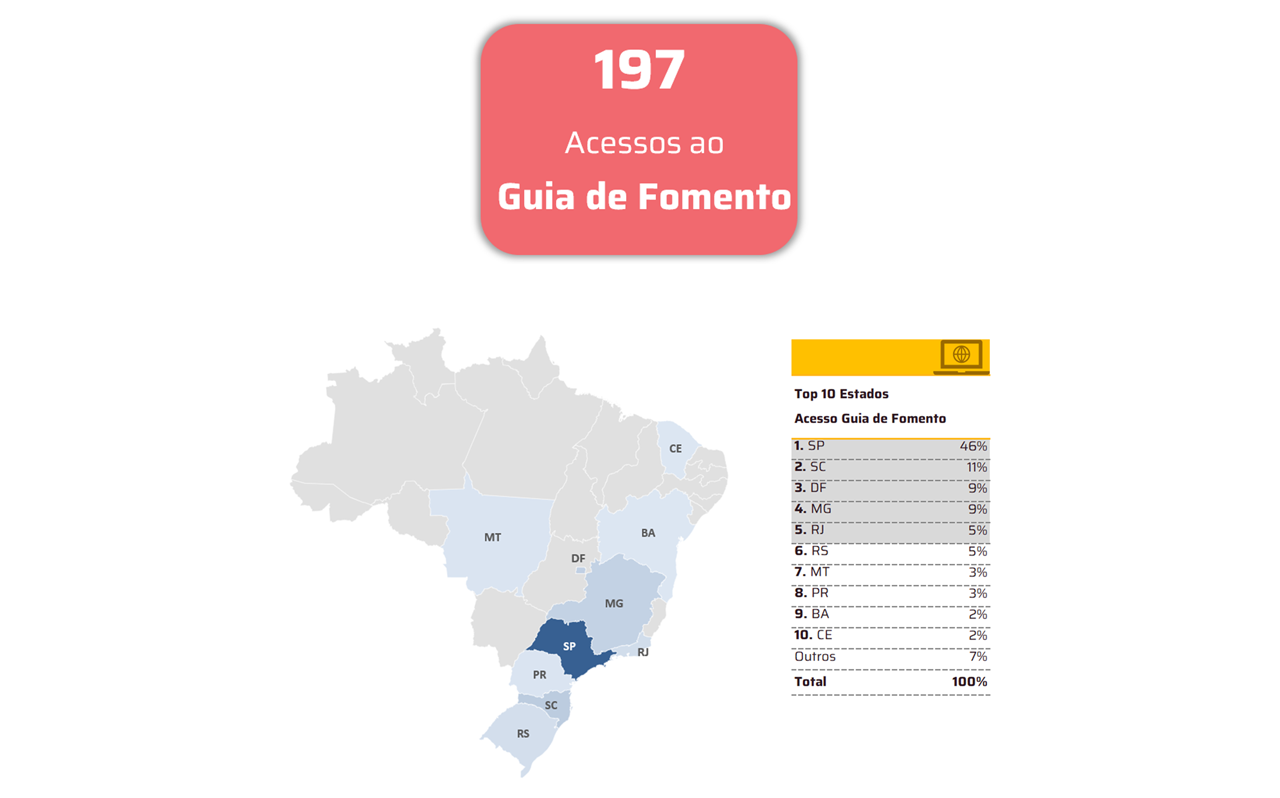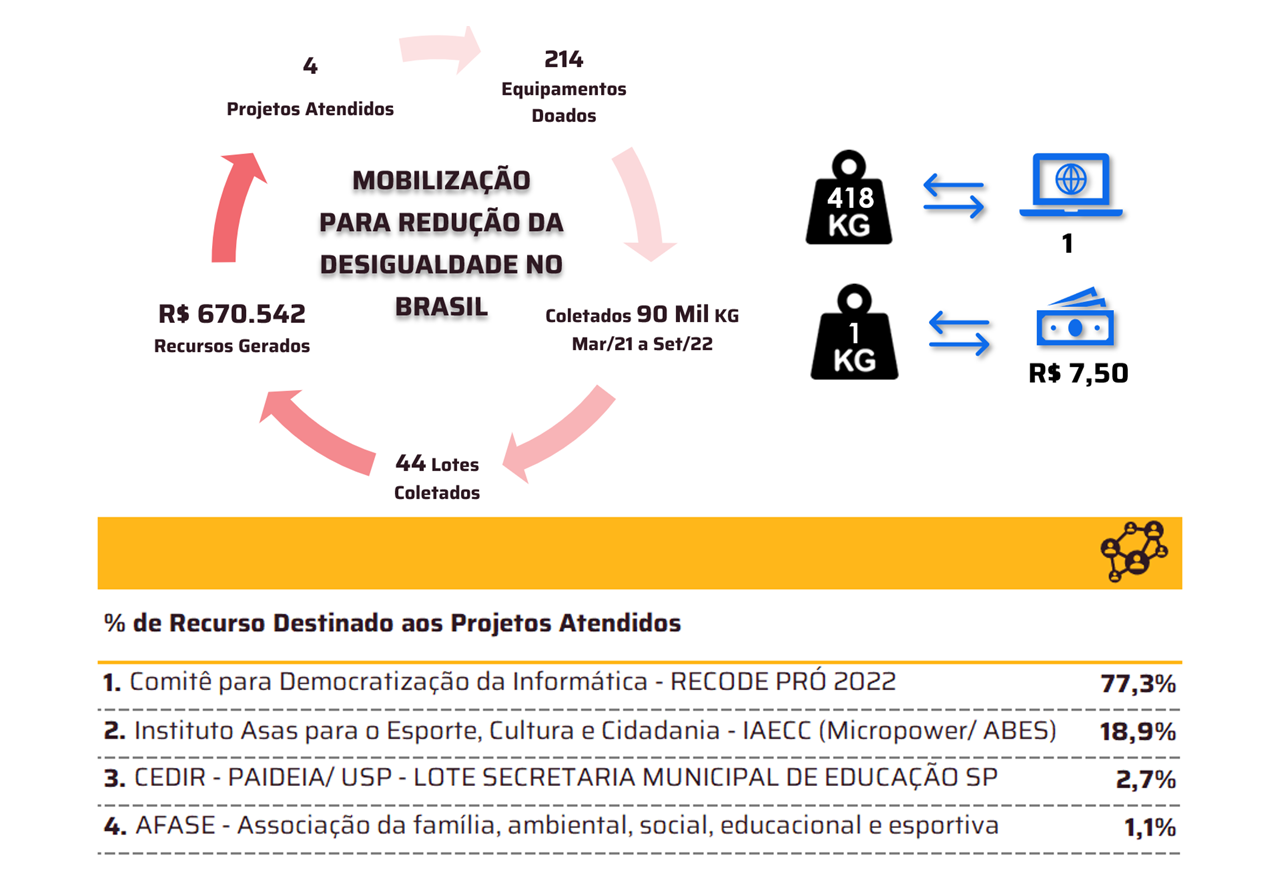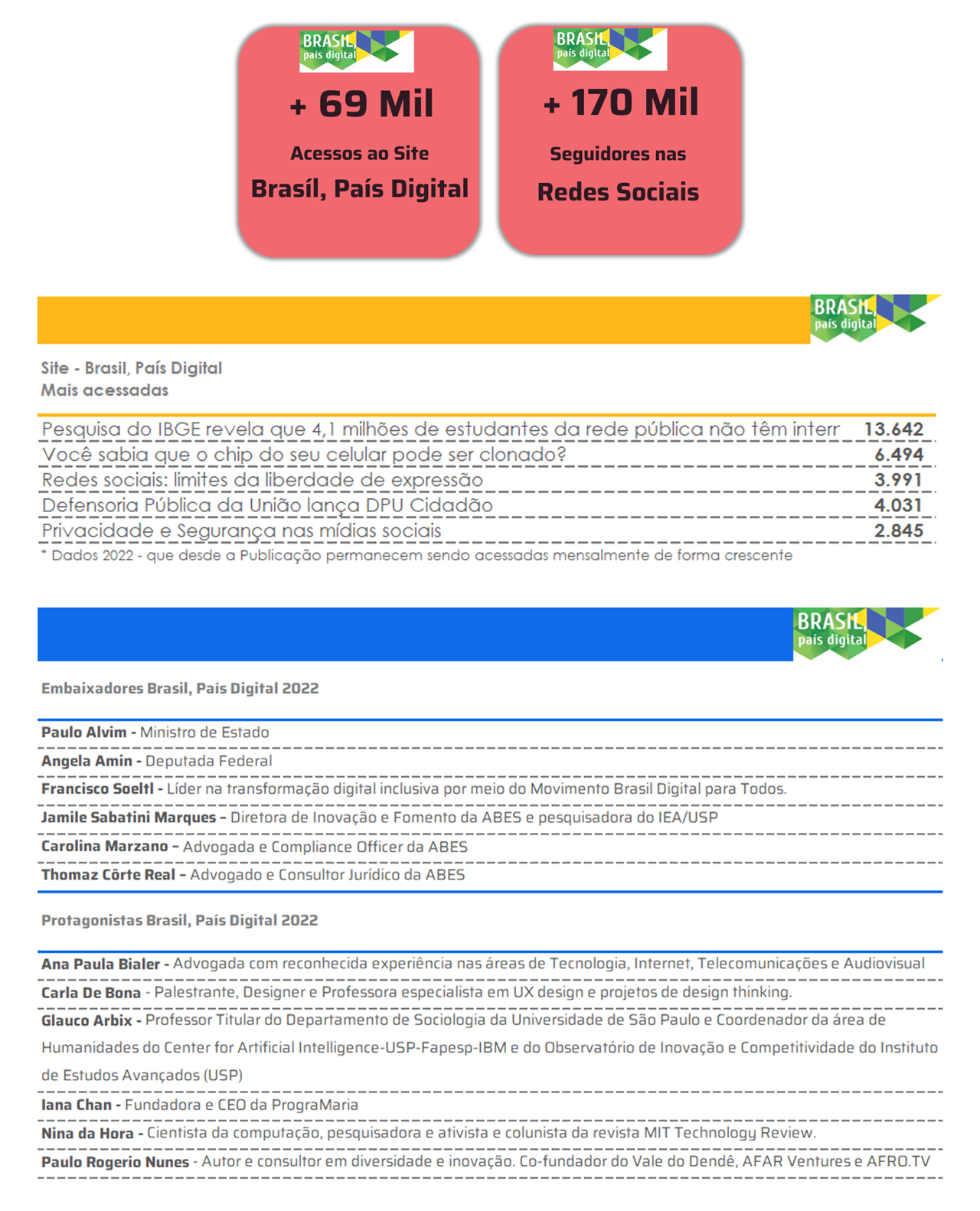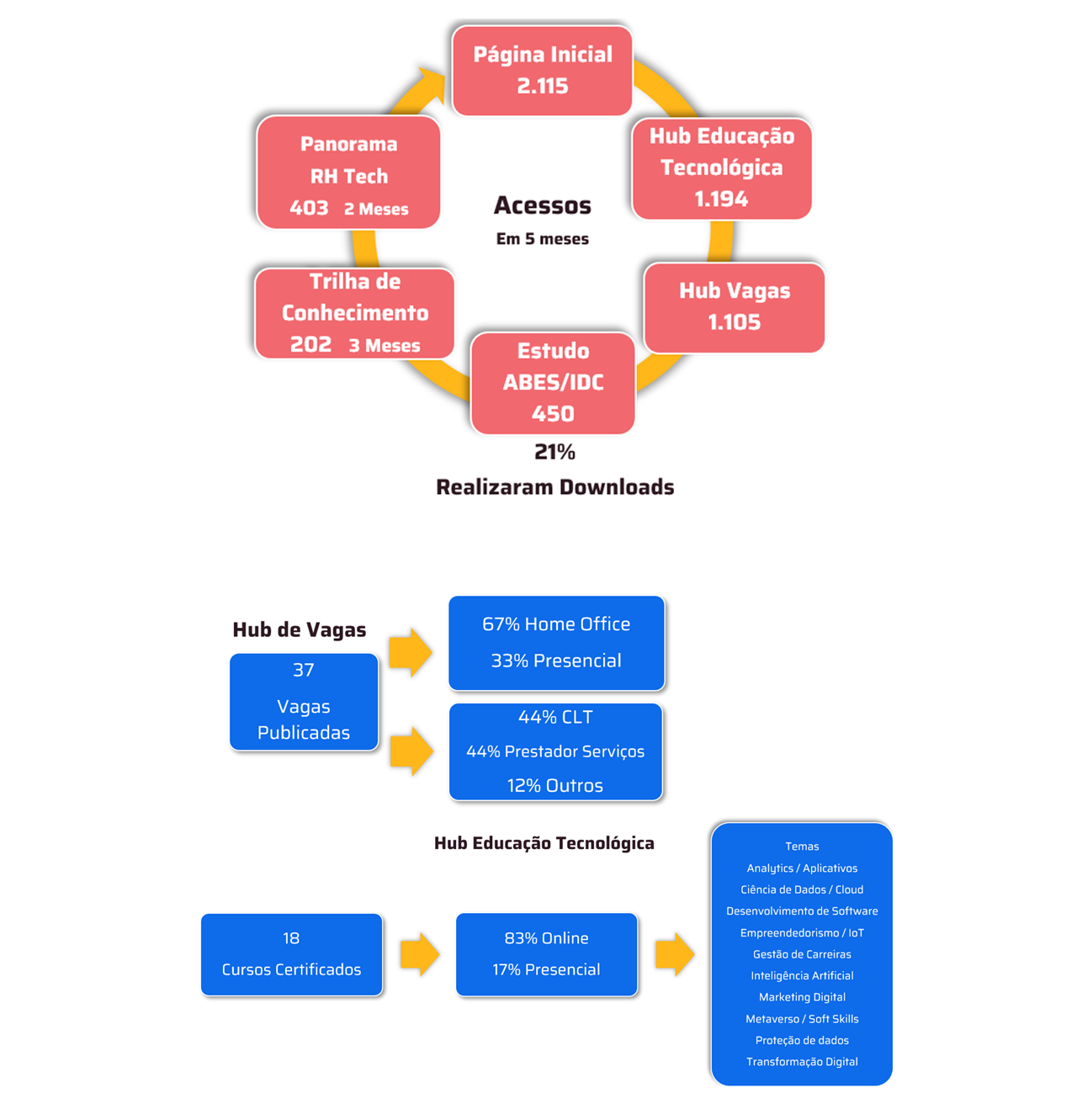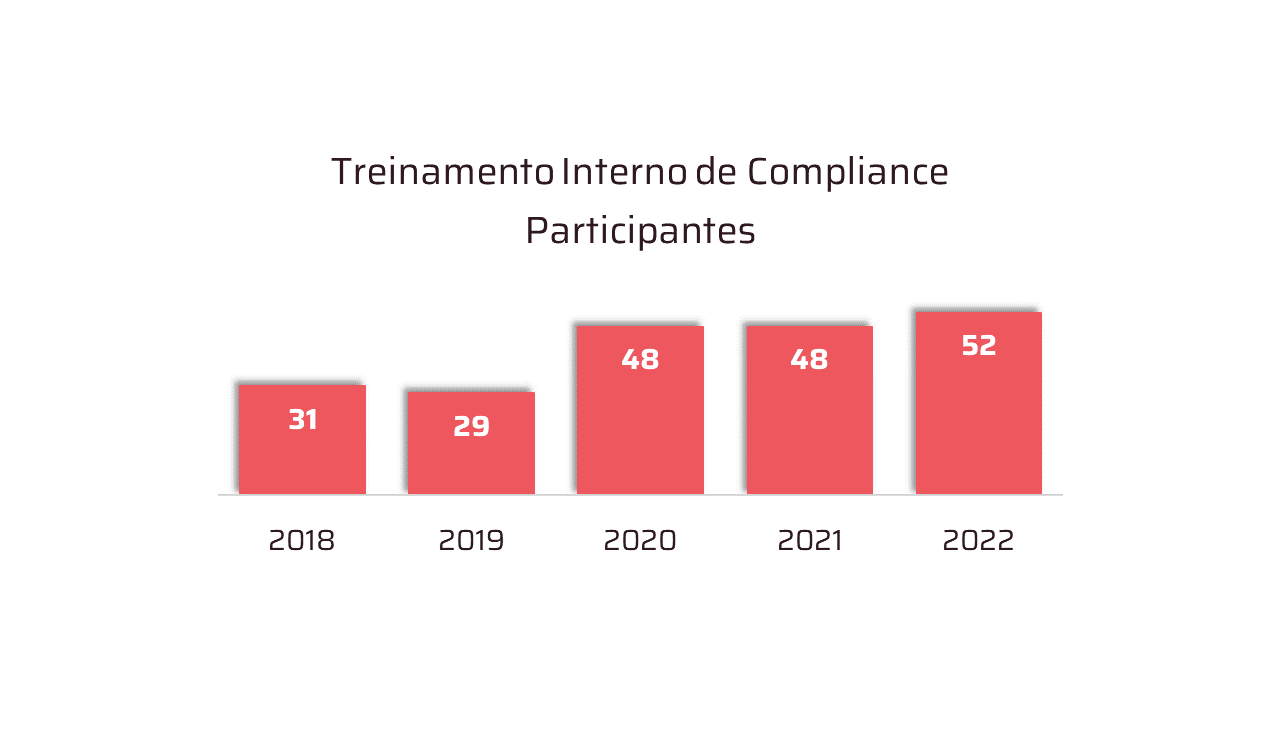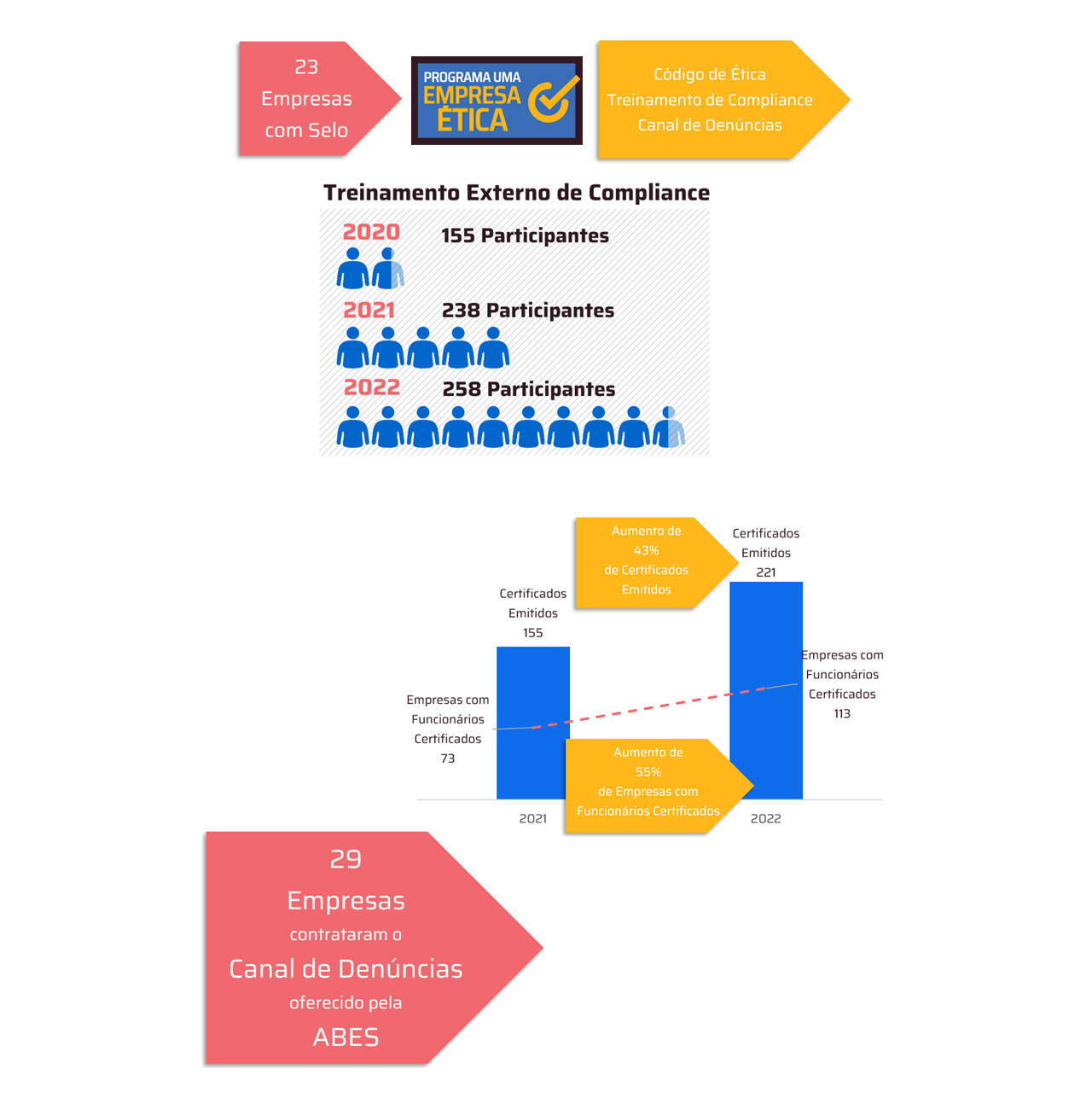 *By Eduardo Maruxo
*By Eduardo Maruxo
You’ve probably already come across the statement that “those who have a lot of options, have none”, right?
It is related to a concept that was widely disseminated by psychologist Barry Schwartz, in the book “The Paradox of Choice: Why More Is Less”. In fact, I highly recommend his video on Ted Talks on the subject, it's very good!
To sum up the concept, imagine going to a restaurant for the first time and, when faced with several options on the menu, you end up feeling lost, not knowing what to order. Or, tell me if you've ever had the same feeling when opening one of those streaming apps to choose what to watch. A real horror (and I'm not talking about the movie genre)!
Studies show that people make, on average, 35,000 decisions per day – some simple, others more complex.
There are so many options, choices and decisions that we are completely paralyzed by it all.
However, these days I was thinking: what happens when we have few options? Is this “rule” good or bad in the end?
Well, that's a beautiful dilemma. Or would it be a paradox…?
It is increasingly common to come across interfaces that use AI (when they are not the interface themselves), which, at the opposite extreme, offer very few options to the user.
For example, put someone who has never had contact with GPT Chat to use it and see what happens.
While its interface is simple and without many options, allowing for a practically infinite universe of use, this can inhibit those less familiar with it.
I've come to the conclusion that the absence or low quantity of options can be as bad a problem as having too many!
And it's not just my "guess". I recently read a article from the Nielsen Norman Group, the world's largest company in terms of usability and user experience research, which talks about exactly this.
The article shows how the scope of our projects impacts the experience, whether they are very broad or very narrow in scope, especially when it involves AI.
In summary:
- The broader the scope, the greater the flexibility – but also the greater the chance of confusion.
- The narrower the scope, the better the usability – but the less versatility.
Conclusion? There is no “right way”, but a strategic balance.
This challenge isn’t just for AI developers. If your company offers any kind of digital solution, how you structure your options can make or break user adoption.
So, I leave you with 2 tips to help you evaluate your current or future initiatives:
- If the goal is rapid adoption of your solution, narrow the scope and guide the user.
- If creative freedom is the priority, expand the scope – but educate the user on what they can and cannot do.
Whatever your moment, in both cases, the adoption and growth of your business completely depend on this balance.
*Eduardo Maruxo is a designer, with an MBA in Branding, and is a postgraduate in Technology for Business, with an emphasis on AI, Data Science and Big Data from PUC-RS. In the late 90s, he created one of the first digital agencies in the country and, currently, he is one of the founders of Grilo, an HR Tech focused on tech companies and people.
Notice: The opinion presented in this article is the responsibility of its author and not of ABES - Brazilian Association of Software Companies





